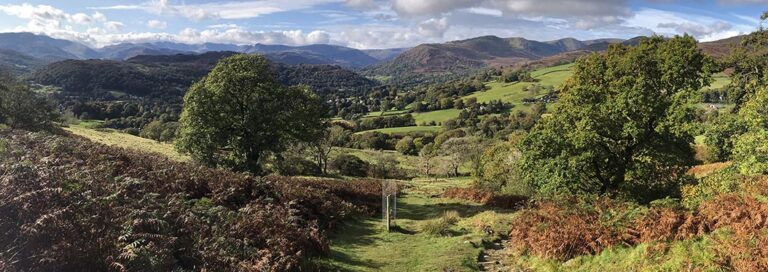Wild Camping in the Lake District
The National Trust has published some guidelines for anyone who is considering wild camping in the Lake District. The Lake District is renowned for its breathtaking landscapes and outdoor adventures and wild camping here offers a unique way to experience the beauty of this region. However, it’s important to distinguish between true wild camping and illegal fly camping. This short guide will help you understand the principles of wild camping and decide if it’s the right choice for you.
Choosing the Right Camping Option
While wild camping can be an incredible experience, the most responsible way to camp is at a recognised campsite. The National Trust manages several ‘wild’ campsites across the Lake District, including Great Langdale, Low Wray, Wasdale, and Eskdale. There are also a number of other campsites offering a range of amenities and locations.
These sites offer stunning locations with lakeshore access and mountain views, providing comfort and practicality while minimizing environmental impact.
Guidelines for Wild Camping
If you decide that wild camping is for you, follow these guidelines to ensure a safe and respectful experience:
- Stay Out of Sight: Your camp pitch should be above the highest fell wall (approximately 400m or 1200 feet high) and not visible to others. Avoid camping near buildings or other campers.
- Camp for One Night Only: Arrive late in the day and leave early in the morning. This minimizes your impact on the environment and reduces the likelihood of disturbing others.
- Avoid Water Sources: Do not camp next to streams or springs to prevent contamination.
- Keep Your Group Small: Wild camping spots cannot sustain large numbers of campers. If you find others already camping in your chosen spot, move on to another location.
Preparation and Equipment
Travel light and pack only the essentials for a basic overnight stay. Here are some key items to include:
- Lightweight Tent: Choose a tent that blends into the landscape.
- Camping Stove: Fires and BBQs are not allowed, so use a camping stove for cooking 1.
- Leave No Trace: Ensure you leave no trace of your presence. Pack out all rubbish and minimize your impact on the environment.
Wild camping in the Lake District is a rewarding experience that allows you to connect deeply with nature. By following these guidelines and being prepared, you can enjoy the beauty of the Lake District responsibly. Whether you choose a recognized campsite or a secluded spot, the key is to respect the environment and leave no trace.






